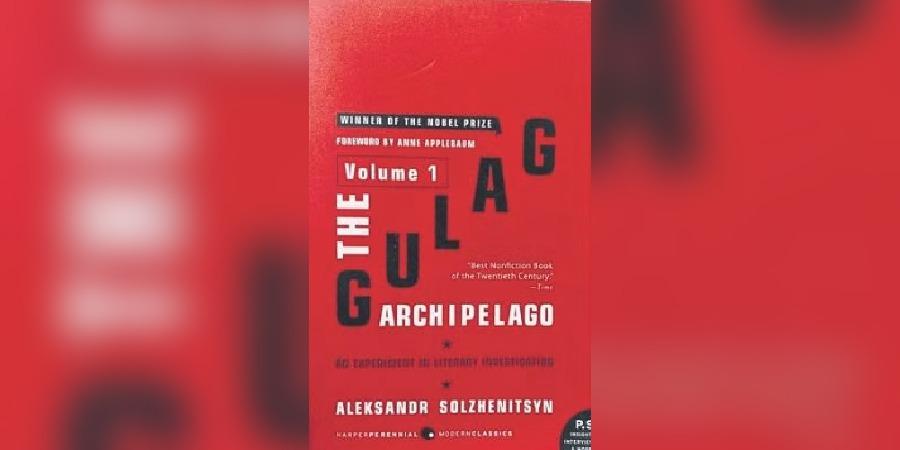Literature that sprouted from prison cells

I have been fortunate to call two individuals across the Atlantic, who played a pivotal role in prison improvement, as mentors and friends: Dr Kiran Bedi, whose work in Tihar jail won her the Ramon Magsaysay Award in 1994, and Jason Bryant, who spent 20 years in a California prison and founded CROP – a non-profit that works for former inmates’ reentry into society. These friendships led me to an understanding of the prison system and to reading some profound works of prison literature.
As a genre, prison literature refers to literary work created by authors while they are incarcerated. This genre, which includes memoirs, autobiographies, essays, poetry, and fiction, provides deep insights as the experiences of these inmates are often traumatic, isolating and psychologically challenging. Through their writing, the authors offer a window into a human experience that most of us would never have encountered, and hence expands our understanding of what it is to be human.
One of my favourite books is The Buddhist on Death Row by David Sheff. It explores the transformation of Jarvis Jay Masters, who was locked in a cell on death row, into one of America’s most inspiring Buddhist practitioners. The book allows us to understand how meaning can be found even in adversity. It is a study of Buddhism, of criminal justice and of the ways in which people connect with one another.
To understand the American prison system and the high rate of incarceration, two must-read books are Jessica Mitford’s Kind and Usual Punishment: The American Prison (first published in 1973) and Shane Bauer’s American Prison (New York Times Book Review 10 Best Books of 2018). Jessica opens our eyes to the lunacies, the delusions, the frauds and the sheer grotesqueness of what is euphemistically called “correction facilities”. Shane’s book is not only a blistering account of the private prison system but is also a thoroughly-researched history of for-profit prisons in America from their origins in the decades before the Civil War. Some books are considered classics are
The Gulag Archipelago by Russian novelist and Nobel Prize winner Aleksandr Solzhenitsyn, Letters from Birmingham Jail by Martin Luther King, In the Belly of the Beast by Jack Henry Abbott and The Autobiography of Malcolm X as told to Alex Haley.
The prison has also been the birthplace of many narratives such as Mahatma Gandhi’s The Story of My Experiments with Truth (1927) and Jawaharlal Nehru’s An Autobiography (1936).
In the fiction category, the 2003 novel Shantaram by Gregory David Roberts was a bestseller (with a television adaptation for Apple TV to be shortly released). Gregory David is a convicted Australian bank robber and heroin addict who escapes from Pentridge Prison and flees to India. The novel offers a vivid portrayal of life in Bombay in the 1980s.
And finally, a book that offers solutions is Kiran Bedi’s It’s Always Possible. Kiran was 44 when she was appointed Inspector General of Delhi Prisons on May 1, 1993. In just a couple of years she turned a hellish institution into a humane one. Tihar Central Jail was a cesspool of drugs and gang wars, of corruption and extortion by both guards and powerful inmates. Kiran transformed the jail into a place where inmates gather for morning prayers and meditation, for vocational training, legal aid and even entertainment.
It’s Always Possible captures that journey of transforming one of the largest and most notorious prisons in the world!
Prison literature is one genre that allows us to see two contrasting perspectives: one that displays what is fundamentally wrong in our prison system; and the other which shows that human beings have the miraculous capacity to find redemption and even joy, no matter who or where we are, and that we are all united by suffering.

